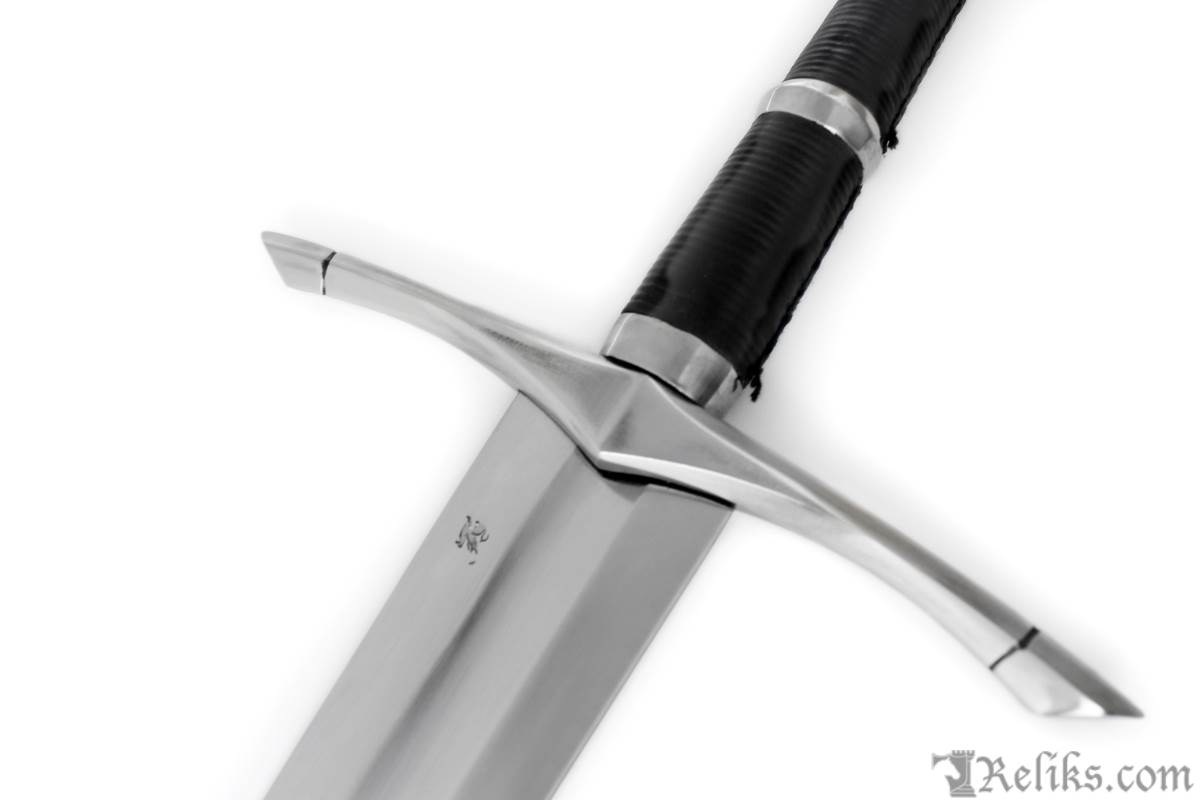


Kokuto ( 黒刀, Kokutō ?, literally meaning "Black Blade"): A sword with a black blade, having been "forged" into one by their wielder through countless battles.By definition, every graded sword is a meito.

Swords with a known grade exhibit cutting power and resilience that far outclass other weapons, and may be worth millions of Bellies.

There are four known grades Grade, Skillful Grade, Great Grade, and Supreme Grade. Grade Blades ( 業物, Wazamono ?): Swords of exceptional quality, ranked by their craftmanship and cutting ability.The vast majority of known meito are swords. Meito ( 名刀, Meitō ?, literally meaning "Named Blade"): A sword that has gained its own fame, enough to have a name of its own.The three known classifications are as followed: While there are a large variety of swords in terms of shapes and attributes, they are also classified by their qualities. At the weapons shop that Roronoa Zoro visited in Loguetown, a cheap sword is priced at 50,000, while a high-quality sword is priced at 100,000. The quality of a sword determines its monetary worth. Known swordsmiths include Kotetsu and Kozuki Sukiyaki of the Kitetsu school of swordsmiths, as well as Shimotsuki Kozaburo. Master swordsmiths, such as those in Wano Country, are skilled enough to create Meitos, famous for their exceptional power. Construction Ī swordsmith ( 刀鍛冶, katanakaji ?) is a craftsman responsible for forging and/or repairing bladed weapons that are used in battle. On the other hand, Zoro, who had lacked strength comparable to Oden, needed to constantly feed it Busoshoku and Haoshoku Haki to effectively control Enma. A good example of this is Kozuki Oden, who had mastered Enma, while having his Ryuo drained, but wielded it as if it was as light as a feather. If their wielder possesses the strength to wield them, then they will have an easier time handling it. As such, to properly use one of those swords, the potential swordsman must first figure out its personality and bend it to their will. Kozaburo also said that a sword chooses its own wielder depending on who best suits it. Because all those aspects tends to overwhelm weaker people unable to handle them, sometimes causing their previous owner's deaths, said swords might earn a reputation as a "cursed" sword, but it is implied that those misfortunes occurs because of the swordsmen lacking the strength to handle them. Most of them are designed for cutting, thrusting, and/or blocking other bladed weapons, although not all swords rely on being able to create a wound that is meant to be lethal some are also designed with small indents in them to help fight other melee weapons, while a few may be equipped with special mechanisms that enhance their capabilities and efficiency.Ī sword's weakness is its quality and lack of range, as well as the fact that, unlike other weapons, their potency relies greatly on the skill of their wielder.Īccording to Shimotsuki Kozaburo, each sword has its own personality, some more than others Sandai Kitetsu was dubbed a "problem child" because it frequently cuts more than intended Shusui was said to have had a "bad temper", making it heavier and difficult to handle and Enma has a deadly disposition, often testing its owner through gluttonously draining away their Haki to a near-fatal level. Ī sword's blade serves its primary function. Many notable swords throughout the world follow an uchigatana template, with broad guards, two-handed hilts, and single-edged curving blades bearing distinct hamon patterns. A guard, which fits the blade onto the hilt and protects the user's hand(s).A hilt, usually shorter than the blade, which is used to hold and move the weapon with one or both hands, depending on the sword.A blade, made of a durable material (most often steel or another metal) sharpened with at least one edge, which is used to attack.Though subject to variation, swords fundamentally combine three elements: Listen closely! A sword's like a kitchen knife, but for murder! They're created to kill people! And a blacksmith hones his craft so that his weapons are better at killing than any other!


 0 kommentar(er)
0 kommentar(er)
